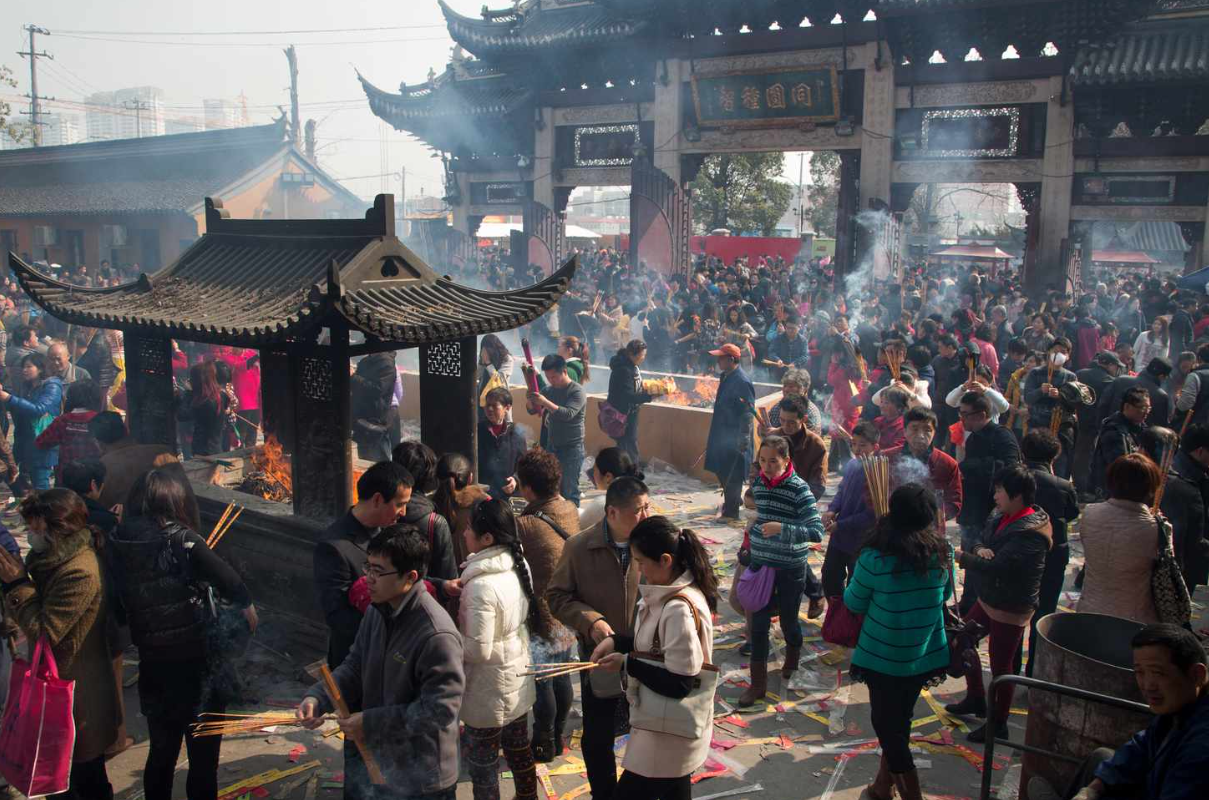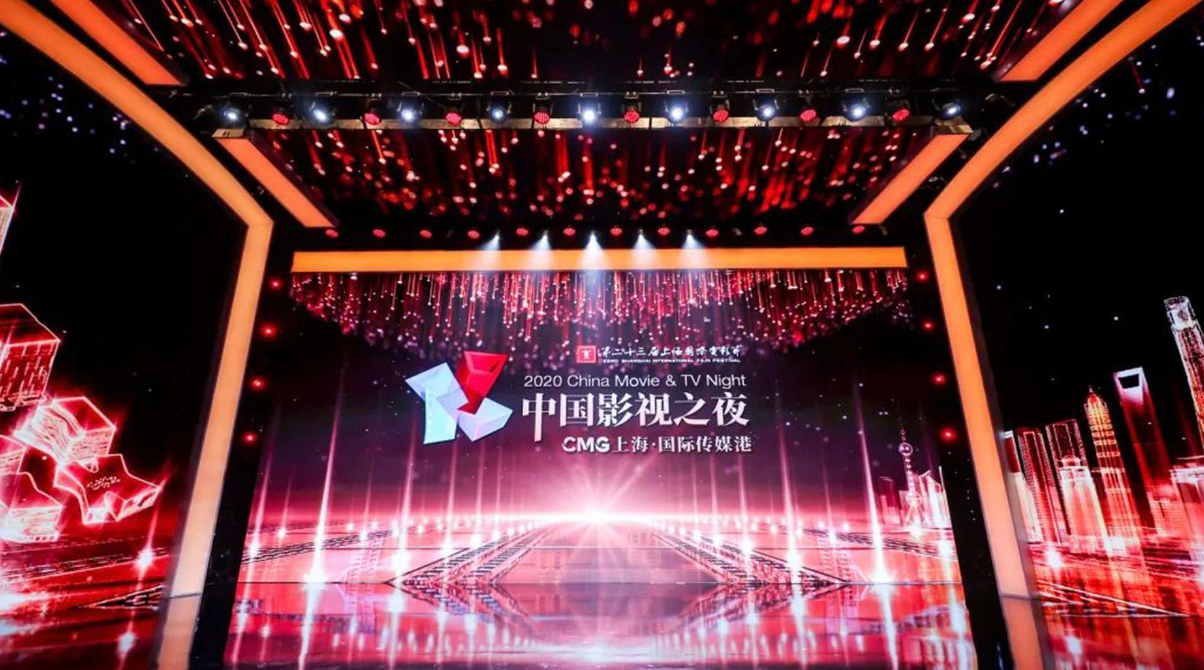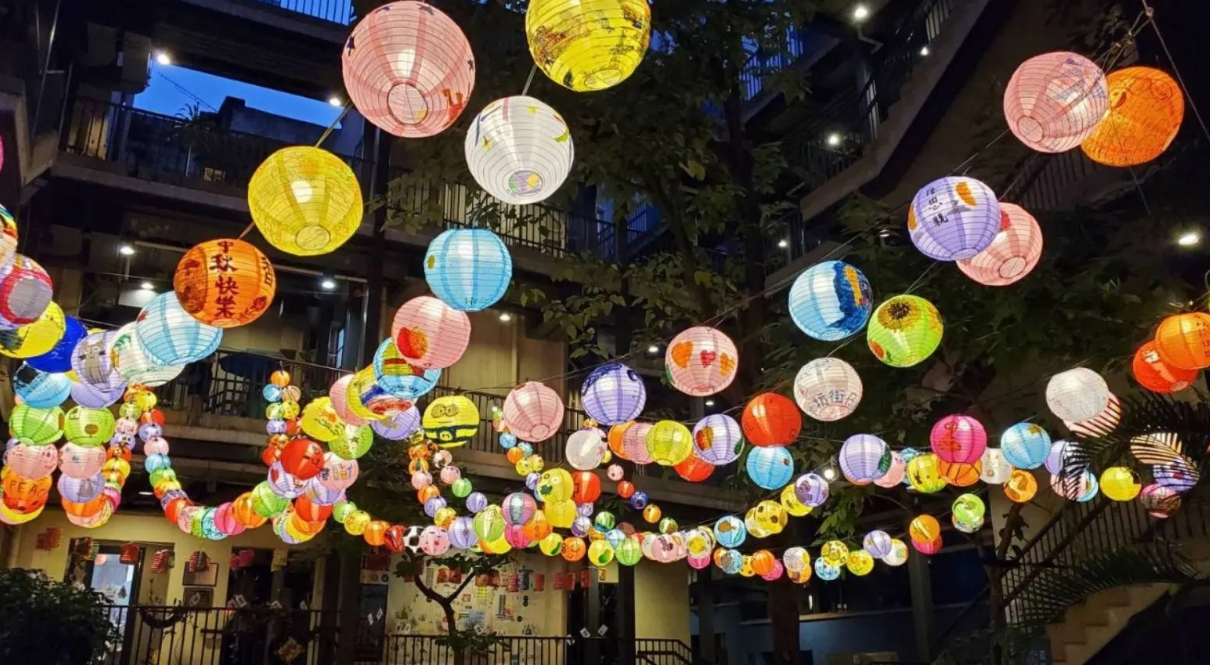Cultural Festivals in Shanghai: A Traveler’s Guide to the City’s Celebrations
Table of Contents
-
Chinese New Year: Shanghai’s Grandest Celebration
-
Longhua Temple Fair: Old Traditions in the Modern Metropolis
-
Shanghai International Film Festival: The Glamour of East Asia’s Cinema
-
Mid-Autumn Festival and Lantern Shows: Mooncakes and Magic
1. Chinese New Year: Shanghai’s Grandest Celebration

Chinese New Year, also called the Spring Festival, is the most significant annual event across China—and Shanghai celebrates it with a fusion of tradition and urban creativity. If you visit during late January or February, you’ll see the city glowing with red lanterns, decorative knots, and firework displays.
The Yuyuan Garden lantern fair is one of the must-see highlights. It features intricate lanterns depicting folklore and zodiac animals. Streets like Nanjing Road and the Bund area often host parades and cultural performances. Though it’s a public holiday and some stores may close for a day or two, most tourist attractions remain open, offering a unique chance to experience local culture with fewer crowds.
Travel tip: Avoid traveling by train or bus on the first or last days of the holiday—it’s peak time for domestic travel.
2. Longhua Temple Fair: Old Traditions in the Modern Metropolis

Held during the third month of the lunar calendar (usually March or April), the Longhua Temple Fair is one of Shanghai’s oldest folk celebrations. Centered around the historic Longhua Temple, this fair dates back over a thousand years and features traditional music, dragon and lion dances, handcrafts, and street food stalls.
Visitors can witness monks conducting chanting rituals, browse local artisan goods, and taste snacks like fried rice cakes and tanghulu (candied hawthorn sticks). Unlike many modern festivals, the Longhua Fair retains a raw, authentic local charm that makes it especially memorable for travelers who want to see more than just Shanghai’s skyscrapers.
It’s a favorite among photographers and cultural enthusiasts alike.
3. Shanghai International Film Festival: The Glamour of East Asia’s Cinema

Each June, Shanghai becomes the center of attention in the Asian film world with the Shanghai International Film Festival (SIFF). Founded in 1993, it is the only Chinese film festival accredited by the International Federation of Film Producers Associations (FIAPF).
Movie lovers can attend screenings of international and local films at cinemas around the city, from big-budget premieres to indie gems. Many showings are subtitled in English, making them accessible to travelers. There are also panel discussions, celebrity appearances, and opportunities to explore China’s emerging cinematic voice.
If you’re visiting in June, this is a rare opportunity to combine travel with culture and entertainment in one of Asia’s most dynamic cities.
4. Mid-Autumn Festival and Lantern Shows: Mooncakes and Magic

Celebrated in September or October, the Mid-Autumn Festival is a time for family gatherings, full moons, and poetic nostalgia. In Shanghai, the festival comes alive with mooncake tasting, riverside lantern displays, and traditional performances.
The Yuyuan Garden and Lujiazui areas are beautifully decorated. Families gather in public spaces to admire the full moon, and children often carry handmade lanterns shaped like rabbits, fish, or stars. For tourists, it’s a great chance to try different types of mooncakes—some savory, some sweet—filled with lotus paste, salted egg yolk, or even modern chocolate twists.
This festival is quieter and more introspective than others, but its calm beauty offers a refreshing cultural insight.
Final Thoughts
Shanghai’s cultural festivals give travelers a window into the city's complex identity—a mix of ancient traditions and futuristic flair. Whether you’re visiting during the vibrant Chinese New Year or the reflective Mid-Autumn Festival, each celebration offers a unique way to connect with local people, history, and the evolving spirit of China’s most cosmopolitan city.
Plan ahead, align your trip with the festival dates, and you’ll walk away with memories that go far beyond the usual sightseeing route.

